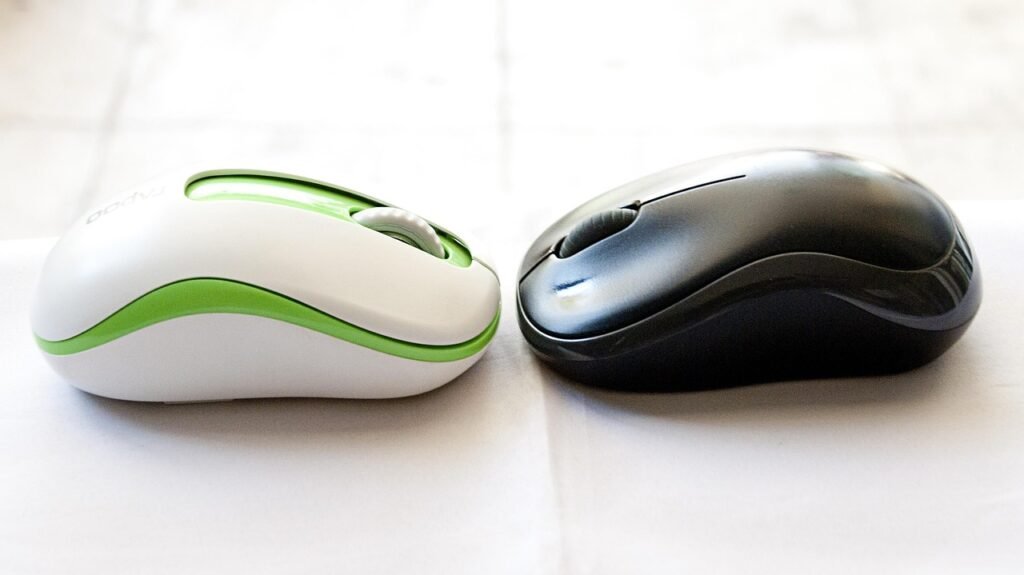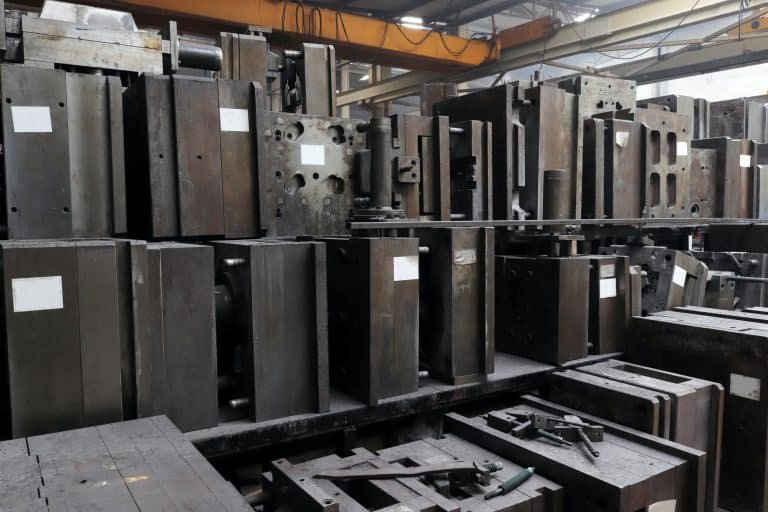When it comes to metal surface finishing, precision anodizing and plating are two of the most widely used techniques to enhance metals’ durability, appearance, and functionality. While both processes are designed to modify the surface characteristics of metals, they differ significantly in terms of procedure, application, benefits, and overall outcomes.
This article will explore the key differences between precision anodizing and plating, shedding light on when to use each process, the advantages, and which industries benefit from these treatments.
What is Precision Anodizing?

Precision anodizing is an electrochemical process used primarily for aluminum and its alloys to produce a protective oxide layer on the surface. This process involves immersing the aluminum in an electrolytic solution and applying an electric current, causing the metal to react with oxygen from the solution. This reaction forms an oxide coating that is tightly bonded to the metal substrate, enhancing its properties.
The anodized layer is typically hard, corrosion-resistant, and can be dyed for aesthetic purposes. One of the key characteristics of precision anodizing is that the oxide layer is porous, which allows it to absorb dye or other chemicals for color customization. The process also increases the thickness of the metal’s natural oxide layer, making the surface more durable and resistant to wear and tear.

Types of Anodizing:
- Type I: Chromic acid anodizing – used primarily in aerospace applications for corrosion resistance and minimal weight gain.
- Type II: Sulfuric acid anodizing – the most common form of anodizing, offering enhanced wear resistance, corrosion resistance, and the ability to add dyes.
- Type III: Hard anodizing – also known as hard coat anodizing, it uses sulfuric acid at lower temperatures to create a thicker, more wear-resistant layer, often used in industrial applications.
What is Plating?
Plating is a surface treatment method in which a thin layer of metal is deposited onto the surface of a material, typically through an electroplating or electroless process. The primary goal of plating is to improve the appearance, corrosion resistance, electrical conductivity, or hardness of the substrate material.
Plating can be done using a variety of metals, including gold, silver, nickel, copper, chromium, and others. The metal is deposited using an electrolytic bath (electroplating) or through a chemical reaction (electroless plating). The plating layer can be as thin as a few microns or as thick as required, depending on the application and the intended purpose.

Types of Plating:
- Electroplating: A process where metal ions are reduced onto a substrate from an electrolyte solution using electrical current. This method is commonly used for decorative purposes and to improve corrosion resistance.
- Electroless plating: A non-electrical process that uses a chemical reaction to deposit a metal coating, providing an even and uniform coating even on complex shapes.
Key Differences Between Precision Anodizing and Plating
While both precision anodizing and plating are used to enhance the surface properties of metals, they have distinct differences in terms of their processes, characteristics, and applications. Below are the key differences:
1. Process
- Anodizing: In anodizing, an electric current is passed through an electrolytic solution, causing the aluminum to react with oxygen, forming an oxide layer. This process alters the surface of the aluminum, making it more durable and resistant to corrosion.
- Plating: Plating involves depositing a metal layer onto a substrate using electroplating or electroless plating. The metal is typically applied through a chemical or electrochemical process, and the resulting layer adheres to the substrate, providing enhanced properties.
2. Layer Characteristics
- Anodizing: The oxide layer produced by anodizing is part of the metal itself, making it very durable. The process creates a protective barrier that is resistant to corrosion and wear. The anodized layer can also be porous, allowing for dyeing or chemical treatments.
- Plating: The plating layer is a distinct metal coating that sits on top of the substrate. It is typically much thinner than anodizing and may not be as resistant to wear, depending on the type of metal used. Plating is often used for aesthetic purposes or to provide specific functional benefits like electrical conductivity or lubrication.
3. Durability
- Anodizing: The anodized layer is highly durable and resistant to scratches, abrasions, and corrosion. Hard anodizing, in particular, creates a very tough surface, making it ideal for industrial applications where wear resistance is crucial.
- Plating: Plating can be durable, but it is often more susceptible to wear and damage, particularly if the plating is thin or if the plating metal is soft (e.g., gold or silver). However, certain types of plating, such as nickel or chrome plating, can offer excellent wear resistance.

4. Color and Appearance
- Anodizing: One of the unique benefits of anodizing is that it can add color to the surface of the metal. The porous nature of the anodized layer allows for the absorption of dyes, which results in vibrant, long-lasting colors. Anodizing is often used in industries where appearance and aesthetic value are important, such as in the automotive and architectural industries.
- Plating: Plating can improve the appearance of a metal by adding a shiny or reflective surface, but it does not offer the same color customization as anodizing. Plating is often used for decorative purposes, such as in jewelry or to enhance the appearance of household items.
5. Corrosion Resistance
- Anodizing: Anodized aluminum has superior corrosion resistance because the oxide layer that forms is extremely stable and tightly bonded to the metal. This makes anodizing particularly effective for outdoor and marine environments where corrosion resistance is critical.
- Plating: Plating can provide some degree of corrosion resistance, depending on the metal used. For example, chrome and nickel plating are commonly used to protect against corrosion. However, the plating layer can wear off over time, potentially exposing the substrate to environmental factors.
6. Applications
- Anodizing: Anodizing is commonly used for aluminum and aluminum alloys in industries such as aerospace, automotive, electronics, and architecture. The process is ideal for creating corrosion-resistant parts that are also aesthetically pleasing.
- Plating: Plating is widely used in industries that require specific surface properties, such as electronics (for electrical conductivity), automotive (for corrosion resistance and aesthetics), and manufacturing (for wear resistance). Common plating metals include gold, silver, nickel, copper, and chrome.

Benefits of Precision Anodizing and Plating
Benefits of Precision Anodizing:
- Enhanced Durability: Anodized surfaces are harder and more resistant to scratches, abrasion, and environmental damage.
- Corrosion Resistance: The anodized layer provides excellent protection against corrosion, especially in harsh environments.
- Environmental Friendliness: Anodizing is a non-toxic process that uses minimal chemicals, making it more environmentally friendly than some types of plating.
- Aesthetic Flexibility: Anodizing allows for color customization, making it a great choice for products that require both functional and aesthetic enhancements.
Benefits of Plating:
- Customization: Plating offers a wide range of metals to choose from, each with its benefits, including gold, silver, nickel, and chrome.
- Improved Surface Conductivity: Plating is ideal for applications where electrical conductivity is important, such as in electronics.
- Enhanced Appearance: Plating can give a shiny, reflective surface, which is often desirable for decorative items.
Conclusion
Both precision anodizing and plating are valuable techniques for enhancing the surface properties of metals. Anodizing is ideal for aluminum and offers excellent durability, corrosion resistance, and aesthetic customization. Plating, on the other hand, is more versatile in terms of the types of metals used and provides enhanced properties like conductivity and a polished appearance.
Each method has its own set of advantages and is suited to different applications, so the choice between anodizing and plating will depend on the specific needs of the project. Whether you require enhanced durability, color options, or functional benefits, understanding the differences between these two processes will help you make an informed decision.
About BFY Mold
At BFY Mold, we specialize in high-quality injection molding and mold manufacturing services, catering to both mass production and on-demand production needs. With our in-house factory, we also offer CNC machining, mirror spark finishing, and a range of other services to deliver precision-engineered products that meet the highest standards of quality. Whether you’re developing complex parts for the automotive, medical, or consumer electronics industries, we have the expertise and technology to bring your vision to life.









